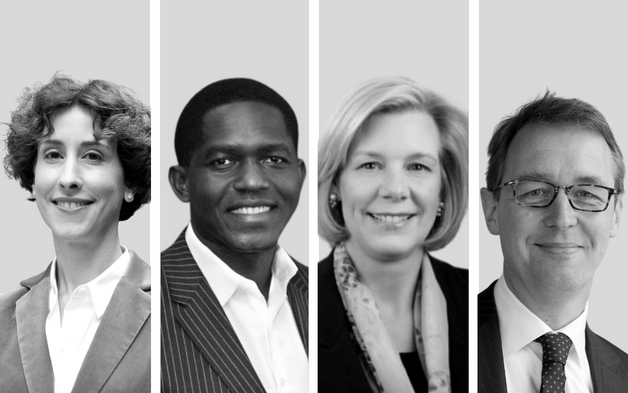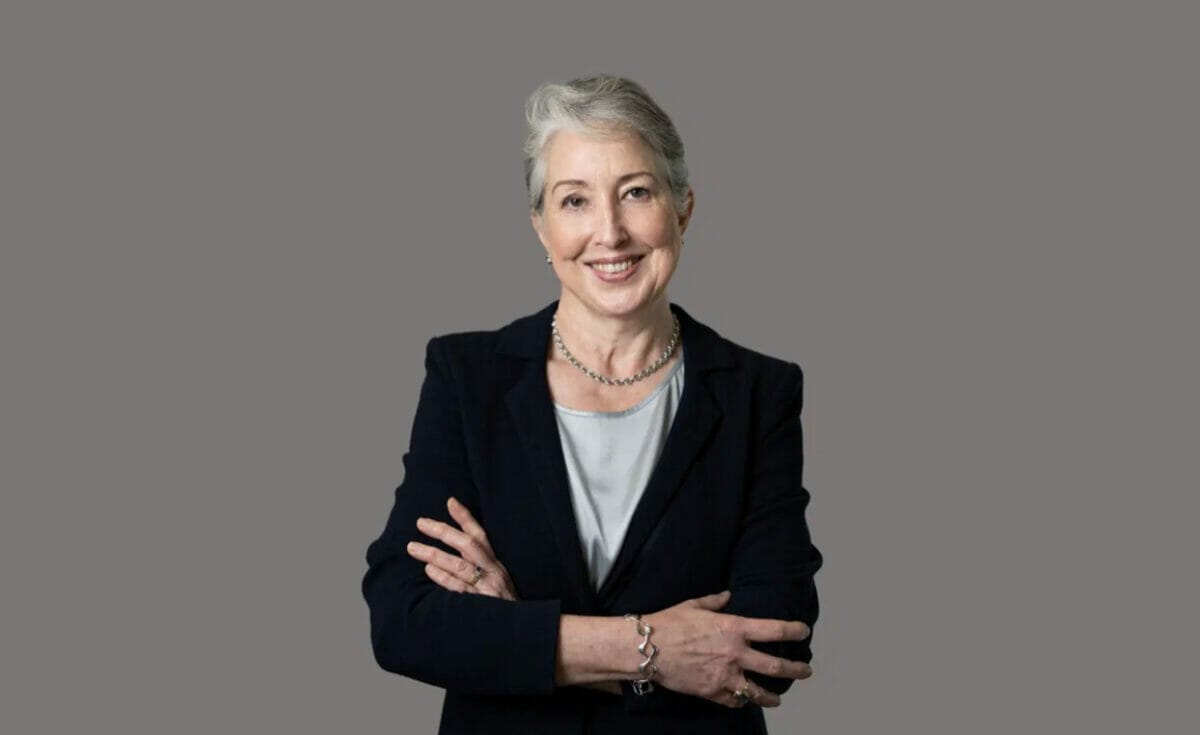Funds need to redesign their portfolio building process from the ground up if they are to understand the combined impact of many thousands of investments, and push them towards greater social and environmental stewardship, experts say.
A complete re-design of the investment process is required for large funds to understand the impact of their wide-ranging portfolios, and stimulate them to be more impactful towards sustainability goals, according to the principal director of €241 billion Dutch fund PGGM.
In a panel discussion among investment leaders embracing 3D portfolios shaped around risk, return and impact, Jaap van Dam, principal director, investment strategy, at PGGM, said the fund is gradually increasing its minimum investment standards over time, aiming to invest 20 per cent of its assets in Sustainable Development Goals by 2025.
“SDGs are the framework that we look at when we think about creating impact, and we’re nicely on target to realise that,” Van Dam said at Conexus Financial’s Sustainability in Practice forum held at Harvard University.
The fund has also “sharpened” its climate objectives, committing to net zero by 2050 and using “smart engagement” with companies on a sustainable path.
There are “a couple of complications” to this process, Van Dam said. One is that investment objectives are predominantly set using a strategic asset allocation process with a broad benchmark, and “the sustainability dimension is an afterthought to that two-dimensional framework.”
“I think that is something we really need to overcome when we want to build 3D portfolios that make sense both from a financial and from a sustainability standpoint,” Van Dam said.
Another complication is the sheer size of PGGM’s fund. With so many holdings it is impossible to know all the companies, let alone understand whether they are impactful, or stimulate them to be more impactful, he said.
Integrating sustainability in a truly 3D sense entails a “whole new design of the investment process, from the objective setting to the strategic asset allocation, to the building of portfolios,” Van Dam said.
It will require a “well-shaped portfolio” which is “a portfolio consisting of a lot less holdings which are much more explicitly targeted to be impactful.”
Also speaking on the panel was Jane Bienerman, senior advisor with American strategy consulting firm Tideline. Bienerman said investment strategies often blur across different approaches. Categorising strategies between traditional, bottom-line investments, ESG-themed investments, or more strictly-defined impact investments, can be difficult, she said.
For this reason, Tideline has developed its own framework grounded in the commonly understood definition of impact investing. This comprises three characteristics – on top of traditional investments.
These pillars are “intentionality, contribution and measurement,” meaning that investments explicitly target specific social or environmental goals; that the investor enhances outcomes that would not have occurred without the contribution; and that there’s a commitment to measure those outcomes.
This framework has been effective for a number of different reasons, Bienerman said. One reason is that it reflects the non-binary nature of these three pillars.
This could include a low contribution strategy whereby the investor passively engages with management on ESG. This contrasts to a high contribution approach with very active engagement to drive specific social or environmental outcomes, Bienerman said.
High-intention, high-contribution investments are a relatively small part of the market, she said.
“We find that when many asset owners and other investors say they’re looking for opportunities with impact, what they’re really talking about is this broader set of impact-focussed opportunities, not narrowly-defined impact investments,” Bienerman said.
Sarah Williamson, chief executive of US non-profit organisation FCLTGlobal, said investors have been “drilled in risk and return,” but the work now is to “introduce this concept of resilience as a third R.” She argued this should be a fundamental concept of investing, particularly for those investing for the long term.
“We’re all managing money in a world of changing expectations,” Williamson said. “Now perhaps you have a climate commitment, perhaps you have other sorts of responsibilities that you have from your constituents or other commitments that you are trying to hit.
“We all know that when investors ignore these other sorts of responsibilities, bad things happen, usually at the wrong time, and people then make very short-term decisions which typically cost them a lot of money.”
Investors today need to build portfolios that are “resilient to changing expectations…over these very long-term time horizons,” she said.
The term “resilience” is “more intuitive than perhaps ESG as a term or even impact,” and is “easier to explain…to constituents why it’s important for your portfolio,” she said.
Andrew Siwo, director of sustainable investments and climate solutions at the $272 billion New York State Common Retirement Fund, said the Fund’s sustainability portfolio targets nine themes that are split equally into three categories: human rights and social inclusion, economic development, and resources and the environment.
This portfolio has just under $19 billion in assets, having started with $8 billion in January 2020. Around 75 percent of this $19 billion has a climate orientation.
ESG is neither an asset class nor investable entity, Siwo said, “you cannot invest in ESG.” Rather, it is a tool to aid decision making. Each investment must first win the appeal of an asset class team from related risk/return expectations before sustainable attributes are adjudicated.
“Our view from the top is that climate risks are investment risks,” Siwo said. “There are areas of the market that we don’t want to be in, if it is unlikely that future performance will be accretive due to outsized transition risks.”
Engagement, advocacy, “and to some degree divestment” are important tools for the Fund when executing our fiduciary duty,” he concluded.



